Fiji Barberi Clownfish
$19.99
-
Select Variant
This Fiji Barberi Clownfish is a new species which was recently discovered by Gerald R. Allen. For a long time, it was believed to be a color variation of the Australian Clownfish Amphiprion melanopus that is distributed across in the Western Pacific Ocean. This brand new species of clownfish is different from Amphiprion melanopus due to colouration as well as having less spinules on their operculum. The newest addition to the Pomacentridae family is a striking reddish-orange body that is tinged with an enthralling bright orange tail, face and dorsal pectoral, caudal, and anal fin. Apart from being stunning and durable, the Fiji Barberi Clownfish is quite active and makes a stunning and eye-catching focal point.
Like other anemonefish or clownfish Fiji Barberi Clownfish can form a symbiotic connection with larger anemones, such as Entacmaea quadricolor. This Fiji Barberi Clownfish is native to the reefs of Fiji, Tonga, and Samoa. To get the most natural habitat, keep the Clownfish inside larger aquariums that have plenty of rockwork in which it is able to conceal. Also, care must be taken when selecting tankmates as the Fiji Barberi is somewhat aggressive and can frighten those who are timid or docile fish by its loud activities.
For optimal treatment for your Fiji Barberi, give the Clownfish a varied diet which includes meaty items for food like mysis shrimp, frozen dishes, and flake-based foods. Some aquarists claim to have bred this species in their home aquarium, with and without the host anemone.
Approximate Purchase Size: Small: 3/4" to 1 1/4", Medium: 1 1/4" to 2", Large: 2" to 3"
- Description
- Additional Information
- Reviews
Fiji Barberi Clownfish
The Fiji Barberi Clownfish, recently described by Dr. Gerald R. Allen, is a striking member of the Pomacentridae family. Previously thought to be a variant of the Cinnamon Clownfish (Amphiprion melanopus), the Fiji Barberi has distinct features that set it apart:- Coloration: Uniform orange to red, unlike the darker red of the Cinnamon Clownfish
- Distinctiveness: Similar in appearance to the Tomato Clownfish (Amphiprion frenatus) but retains its bright red color throughout its life
- Maturity: Darker head coloration with age, and black on the first fin ray in larger individuals
Fiji Barberi Clownfish Appearance
The Fiji Barberi has an eye-catching, reddish-orange body with bright orange face, tail, and fins. Key characteristics include:- Body Color: Reddish orange with a full bright orange face and fins
- Size Variations:
- Small: 3/4" to 1 1/4"
- Medium: 1 1/4" to 2"
- Large: 2" to 3"
Fiji Barberi Habitat and Care
Native to the reefs of Fiji, Tonga, and Samoa, the Fiji Barberi requires a well-structured marine environment:- Tank Setup: Larger marine systems with ample rockwork for hiding
- Behavior: Semi-aggressive, may intimidate shy tankmates
Feeding
Provide a varied diet to maintain health and vibrancy:- Preferred Foods: Mysis shrimp, frozen preparations, and suitable flake foods
Symbiotic Relationships
The Fiji Barberi can form a symbiotic relationship with larger anemones such as:- Entacmaea quadricolor
Breeding
Some aquarists report successful breeding in home aquariums, with or without an anemone host.LINKS to follow:
size
Large, Medium, Small
Units
1
Weight
6 lbs
Dimensions
1 × 1 × 1 in

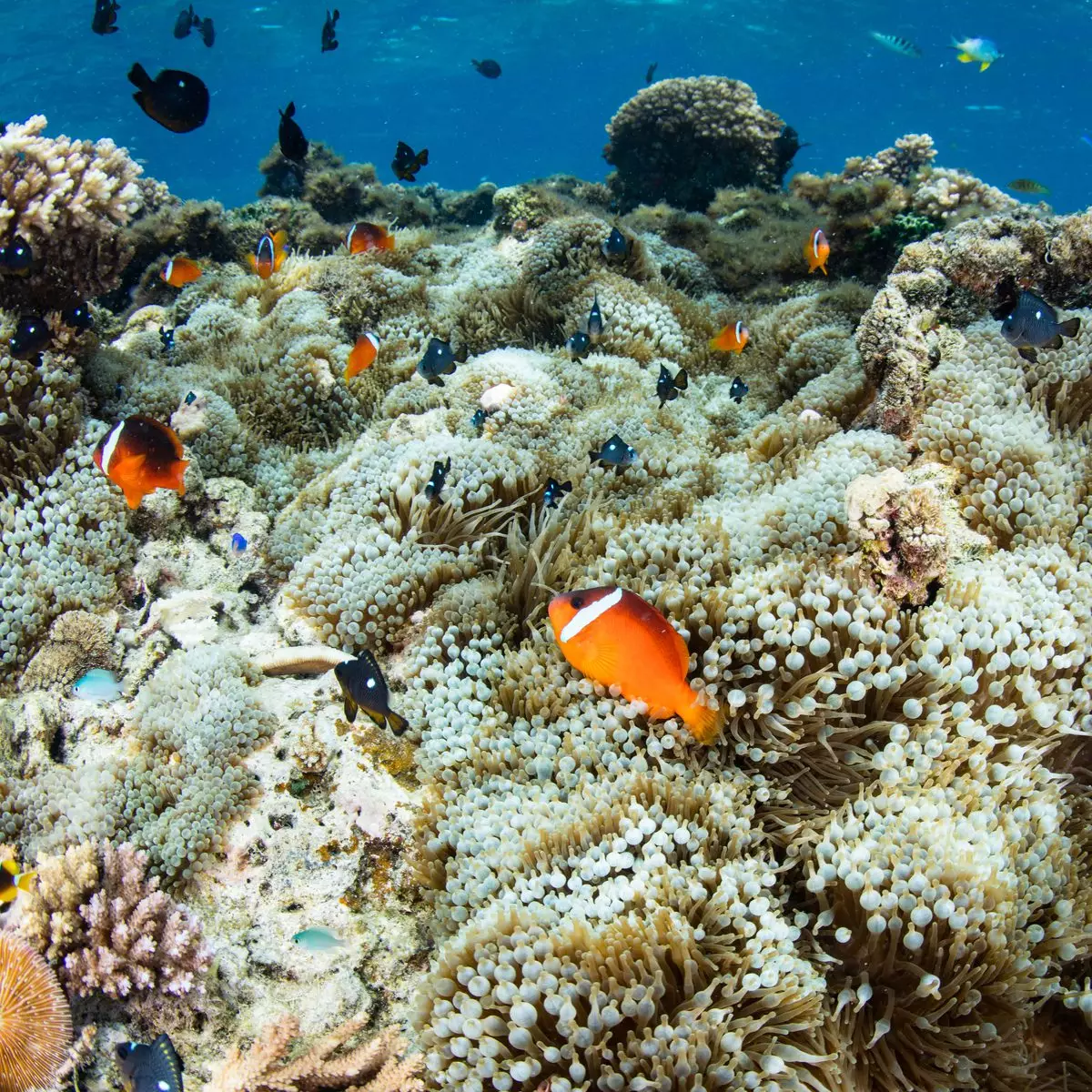
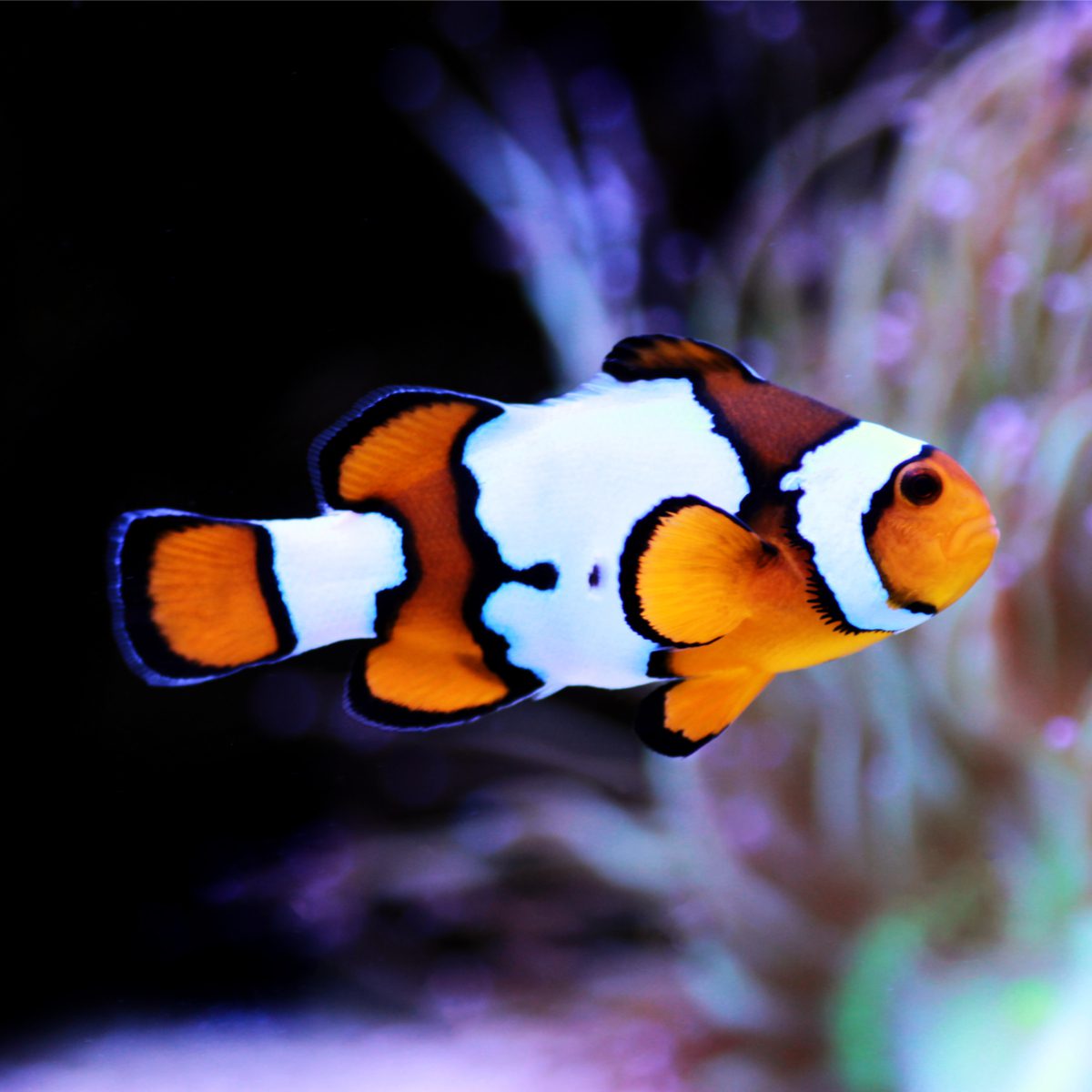

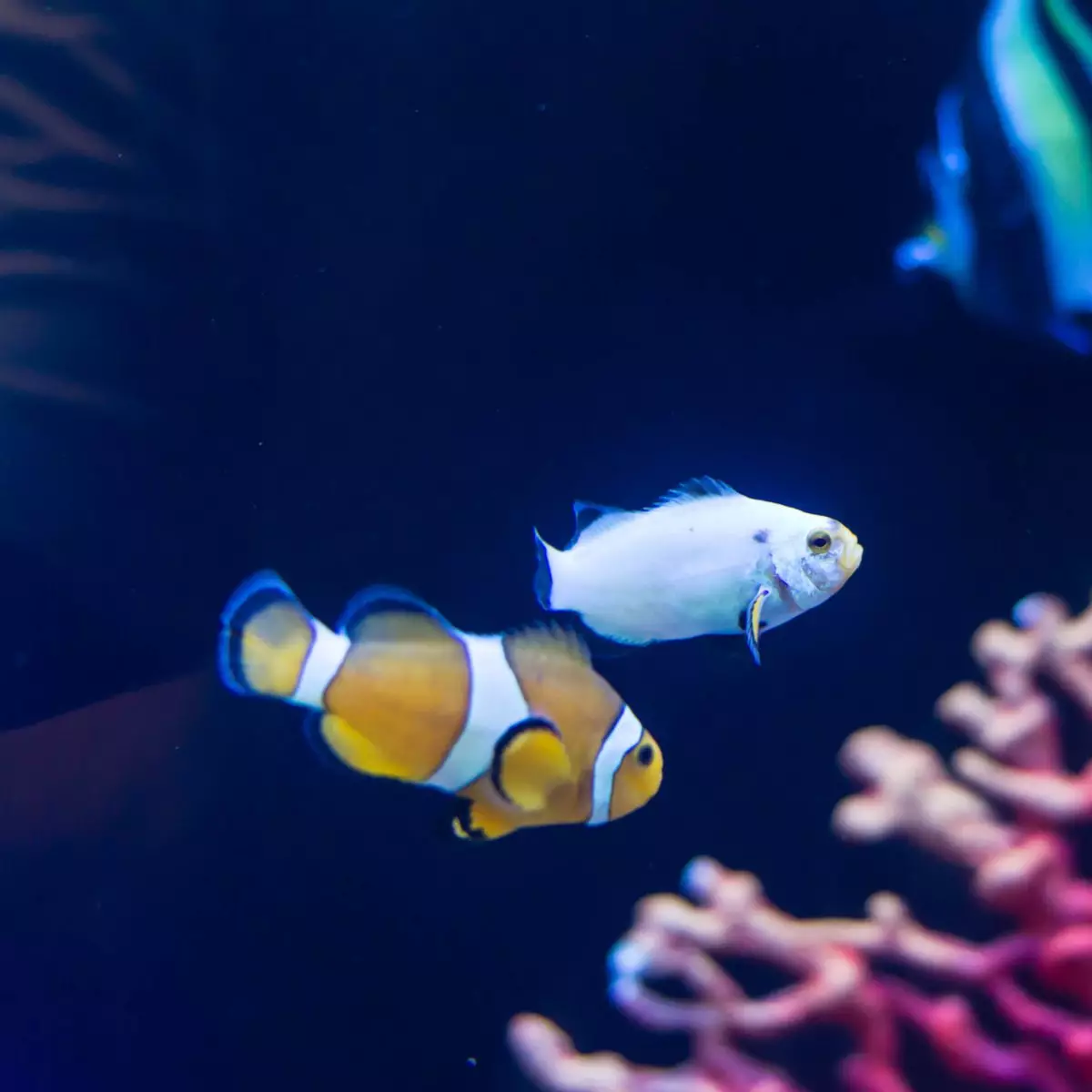
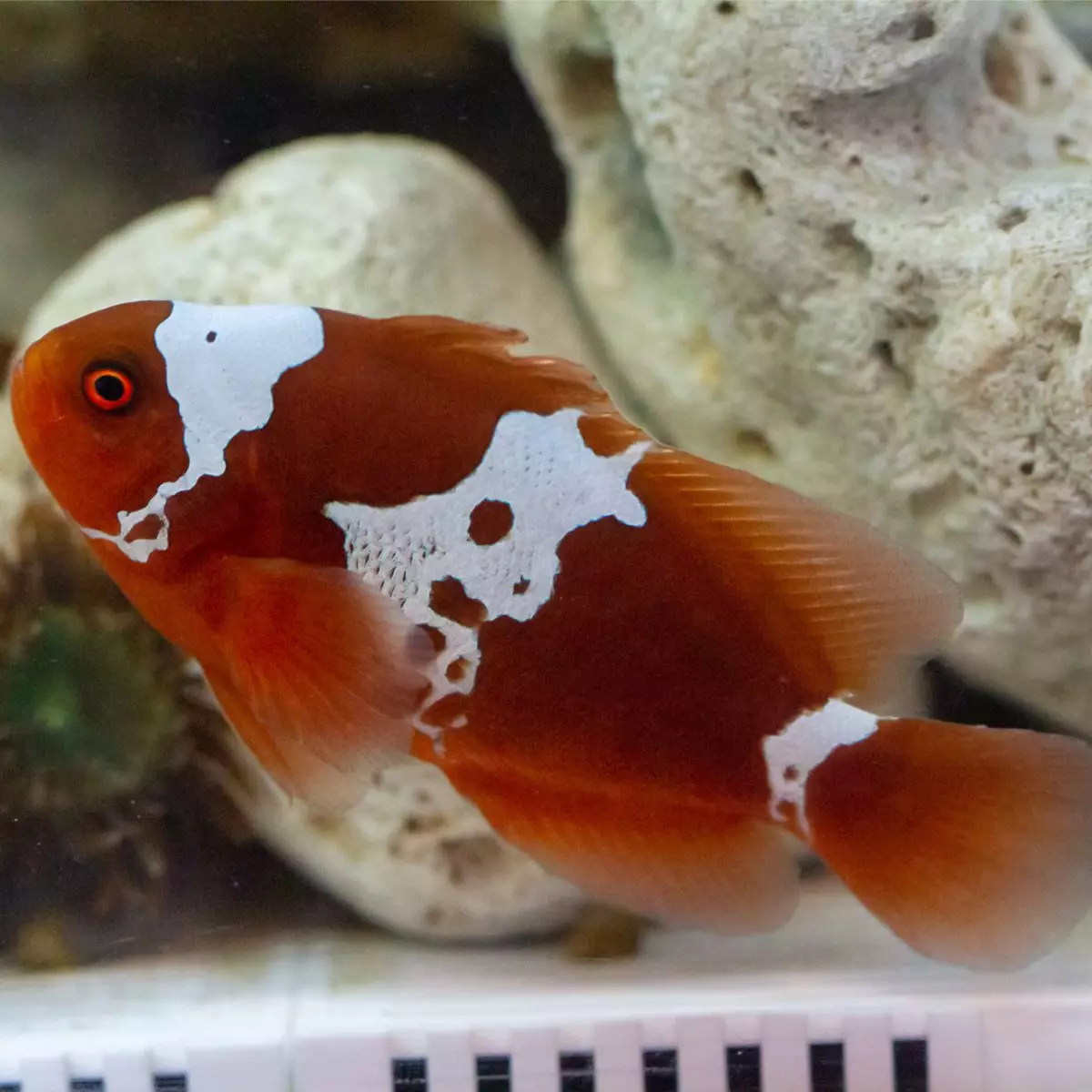
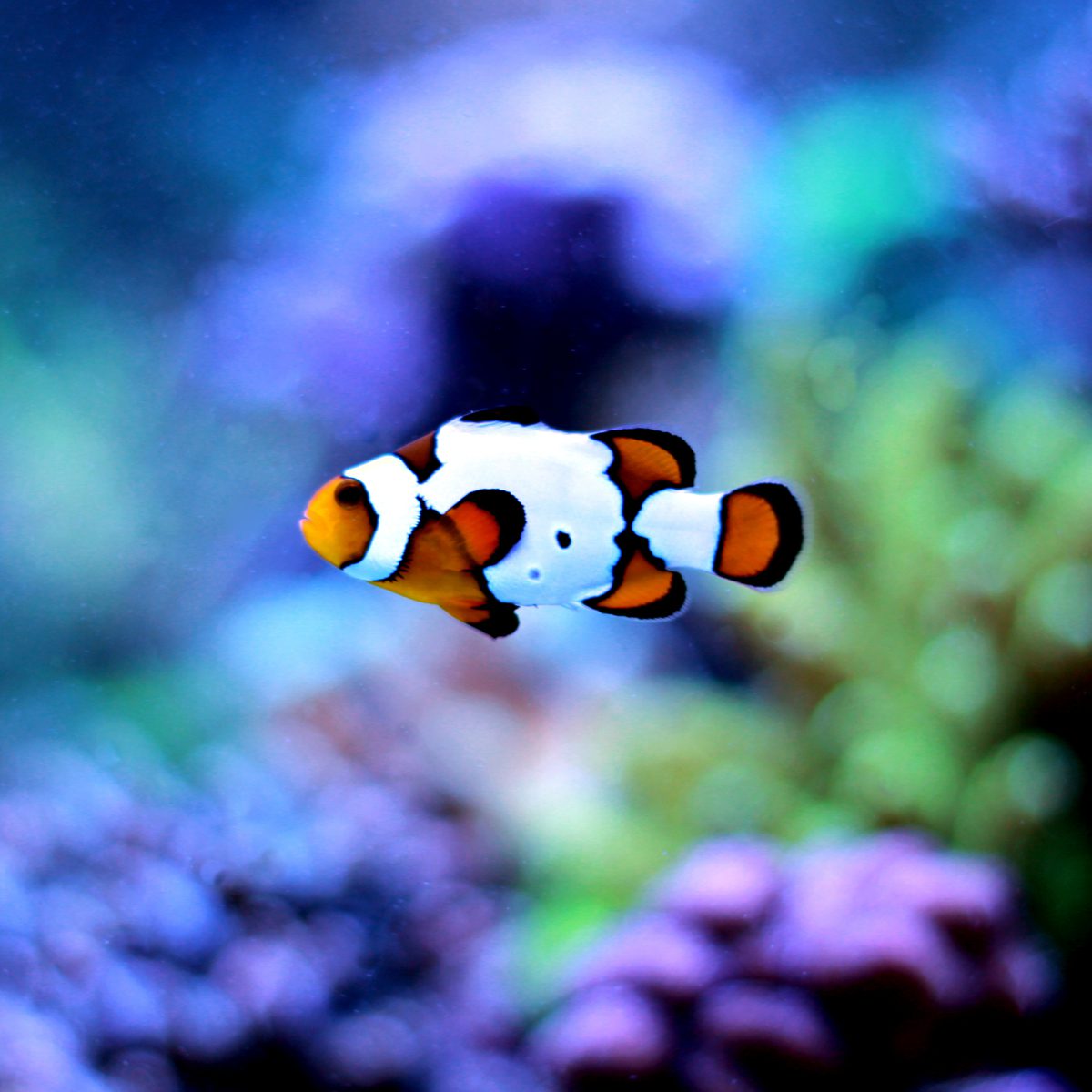
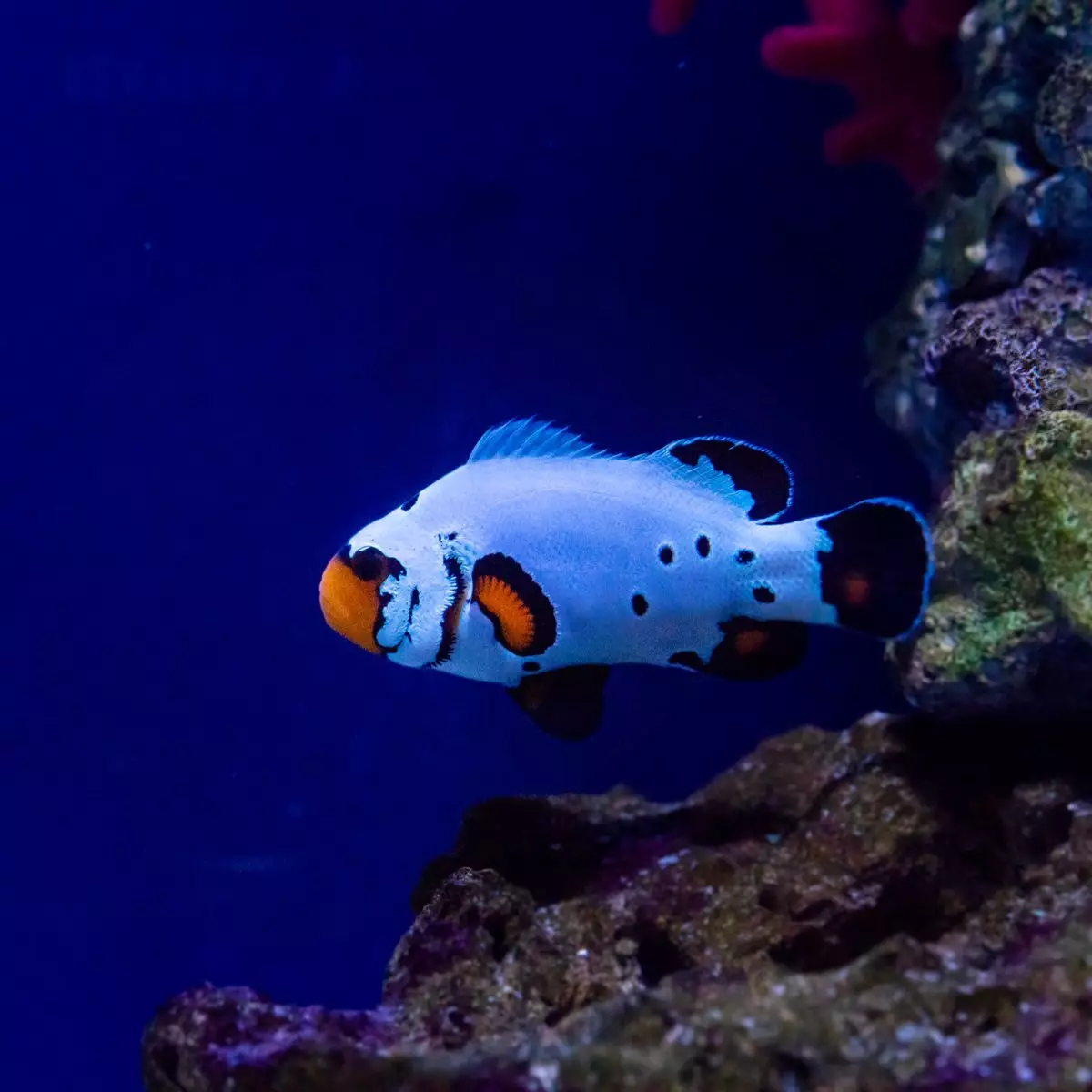
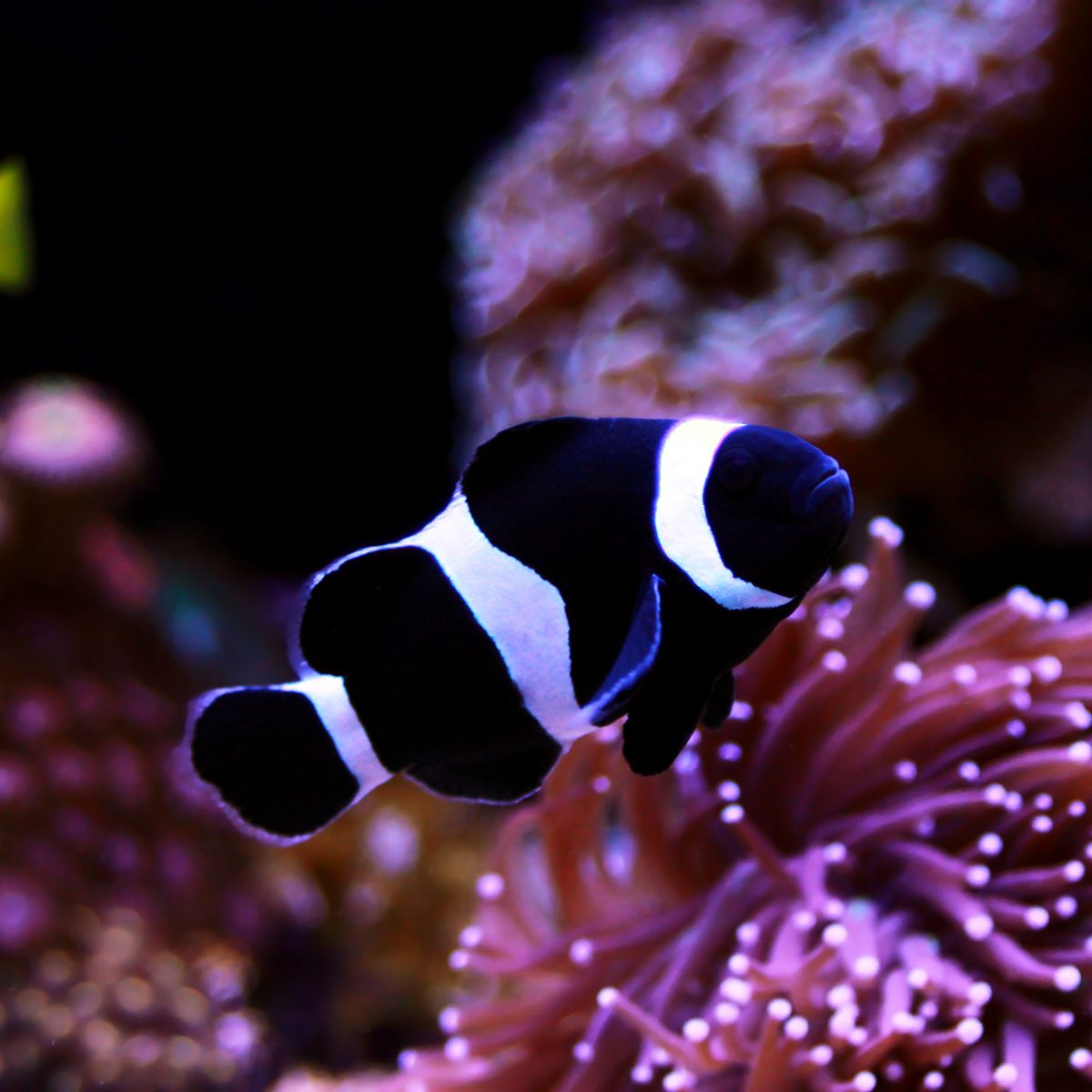
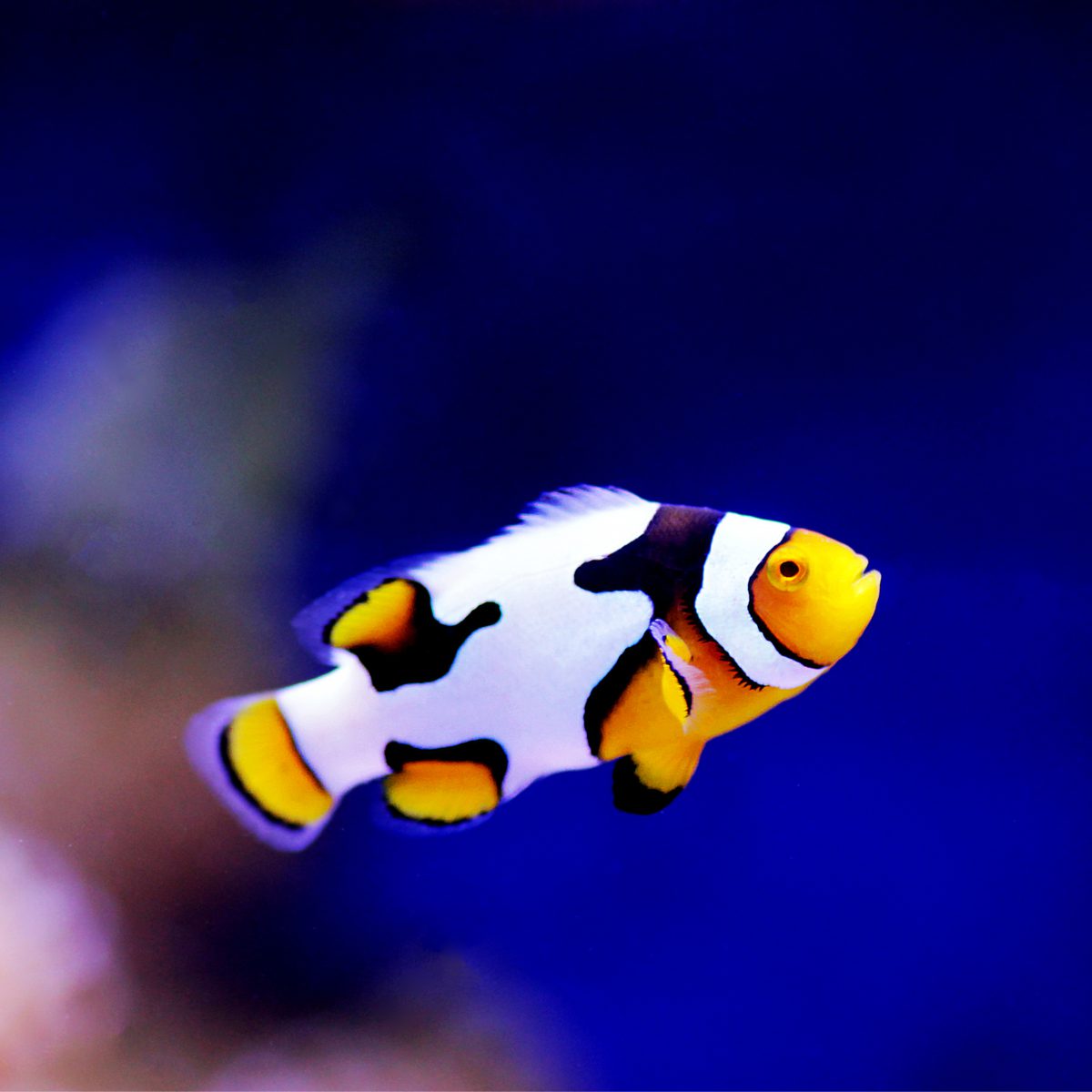

Reviews
There are no reviews yet.